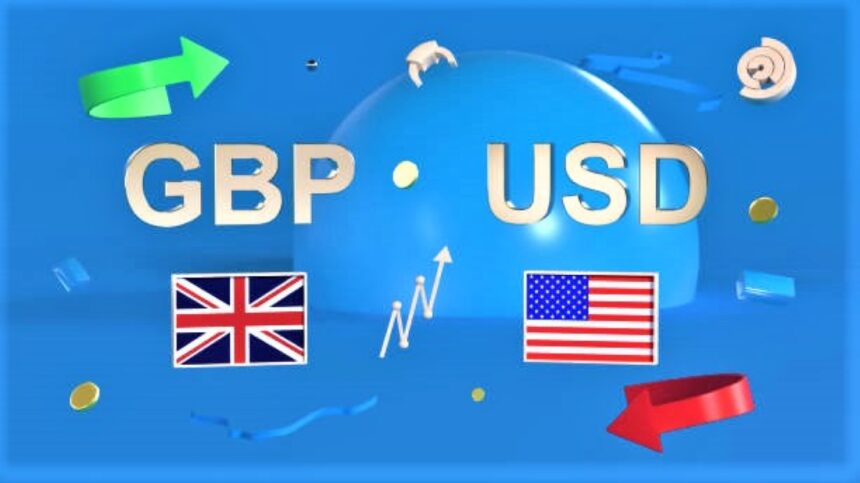Pound falls below 1.3000 versus the US dollar as UK average earnings slow in the three months ending May.
The Pound Sterling (GBP) performs poorly against its key peers in Thursday’s London session. The British pound falls as the United Kingdom (UK) Average Earnings data. A key indicator of pay growth that drives inflation in the service sector and has been a major impediment to the Bank of England’s (BoE) confidence in interest rate decreases, decelerates as expected.
Annual Average earnings (including and excluding bonuses) increased by 5.7% in the three months ended in May. Falling short of the previous month’s gains of 5.9% and 6%, respectively. Though wage growth has moderated, it remains higher than what is required to maintain price stability.
The UK labor market announces the addition of new payrolls following a sharp drop in the three months ending in April.
Meanwhile, the Office for National Statistics (ONS) stated. That firms hired 19K job seekers in the three months ended in May, compared to a decrease of 140K employees in the previous reading. During the same period. The ILO Unemployment Rate was recorded as 4.4%, which was consistent with estimates and the previous release.
Due to sticky core Consumer Price Index (CPI) statistics for June, expectations for the BoE to begin lowering interest rates from the August meeting have already lessened. The UK’s core CPI increased consistently by 3.5% due to sticky service inflation figures.
Daily Market movers: Pound Sterling falls marginally against the US dollar.
In Thursday’s European session, the Pound Sterling edged down versus the US Dollar (USD). Approaching the psychological support of 1.3000. The GBPUSD pair broader appeal remains strong, since the Federal Reserve (Fed) is largely expected to begin decreasing key borrowing rates at its September meeting.
The scenario of greater expectations for Fed rate decreases is adverse to the US dollar (USD). The US Dollar Index (DXY), which measures the value of the US dollar against six major currencies, is trading near 103.70, a nearly four-month low.
Significant indicators from June have spurred firm anticipation for Fed rate reduction. The Consumer Price Index (CPI) indicates. That the disinflation process has begun after halting in the first quarter of the year. Annual headline and core CPI, which exclude volatile food and energy prices, decelerated quicker than predicted.
Rising anticipation of Fed rate cuts in September have weighed on the US dollar.
Cooling inflationary pressures have also given Fed officials confidence that pricing pressures will return to the central bank’s target of 2%. Richmond Fed Bank President Thomas Barkin said Wednesday that he was “very encouraged” by the broadening of disinflation. Barkin also stated that he is confident that policymakers will discuss whether it is still acceptable to classify inflation as elevated during the July policy meeting, according to Reuters.








